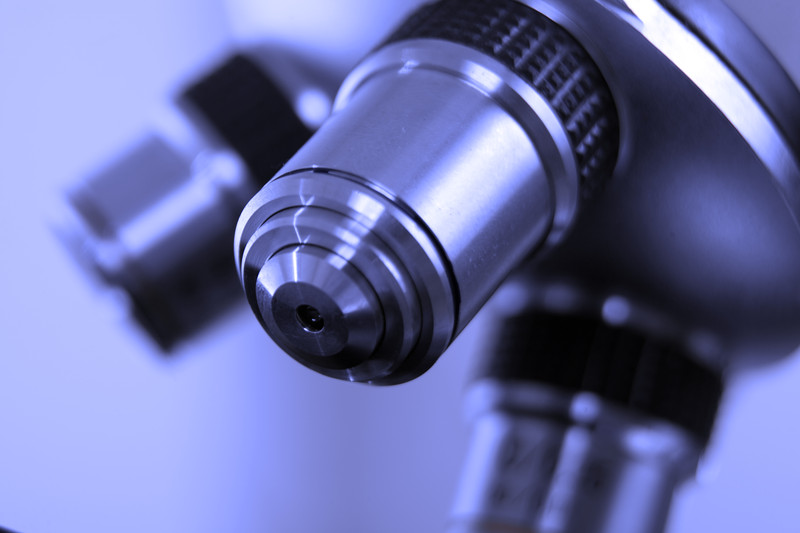Incredible Medical Developments In The Last 20 Years

The medical field has advanced considerably in the past 20 years, greatly increasing our ability to treat the sick and wounded. New procedures and treatments are the result of advancements in both science and technology, with many being possible due to discoveries in other fields such as engineering and physics. In particular, there have been a few medical advancements that are truly remarkable and highlight the growth of mankind’s abilities.
Medical procedures can be invasive and consequently, undesirable in certain areas of the body such as the skull. Skull surgeries are required to treat a number of conditions, including tumor growths and cysts. Traditionally, these surgeries have been invasive, requiring facial incisions and removal of facial features that could hurt a patient’s appearance. In recent years however, minimally-invasive procedures have arisen in which smaller incisions are made in facial openings, such as the nose, to allow endoscopes to be inserted into the appropriate areas (brain, skull base, etc.) to remove abnormal growths. In such procedures, MRI scans are utilized to aid in the visualization of the skull. The significance of minimally-invasive procedures is the increased commitment to the patient. Doctors are not simply removing the ailment from the patient, but trying to fully restore the patient back to good health.

Although not minimally-invasive, the face transplant is an example of a previously unimaginable procedure that is now restoring life to individuals with devastating pasts. In 2008, the first face transplant was performed in the United States on a woman who had lost her face from a gunshot wound. Connie Culp was shot in the face and could not smell, speak, see properly, or even breathe through her mouth or nose. Using organ donations from a generous donor, Culp’s face was reconstructed in a lengthy 22-hour operation. Today, she is able to smell, speak, eat, and breathe like a healthy human being. Since Culp’s surgery, there have been numerous other procedures on other individuals hoping to reclaim their lives. However, because medicine is not at a stage where organs can be synthesized and transplanted, organ donations are required. Transplants highlight the importance of organ donations, which have increased in the past two decades as a result of online organ donor databases.
The development of prosthetics to replace human limbs has been a godsend to victims of amputations. Prosthetics are high order devices, requiring a combination of engineering and medicine to function properly. They contain computer chips, have Bluetooth control, and are even iPad compatible to perform a variety of complex functions. Newer prosthetics in the past decade, such as bionic hands, allow amputees to resume their lifestyles by allowing them to do tasks requiring human limbs, such as typing or tying shoes. Those involved in recreational activities, such as mountain and rock climbing, can continue them even after amputations as result of advancements in prosthetic limbs.
These examples show that medicine has grown tremendously in the past 20 years, allowing for procedures that were once unimaginable. The expansion of healthcare has increased the life expectancy and quality of life for humans worldwide. Although accomplishments have been made, the importance of investing in research for future advancements is high as debilitating conditions plaguing mankind continue to exist.
